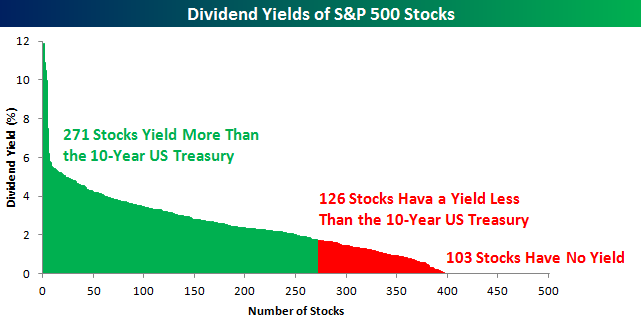by Michael Tarsala
Covestor manager Mike Arold is bearish on U.S. stocks, based on a combination of the markets charts and weakening fundamentals.
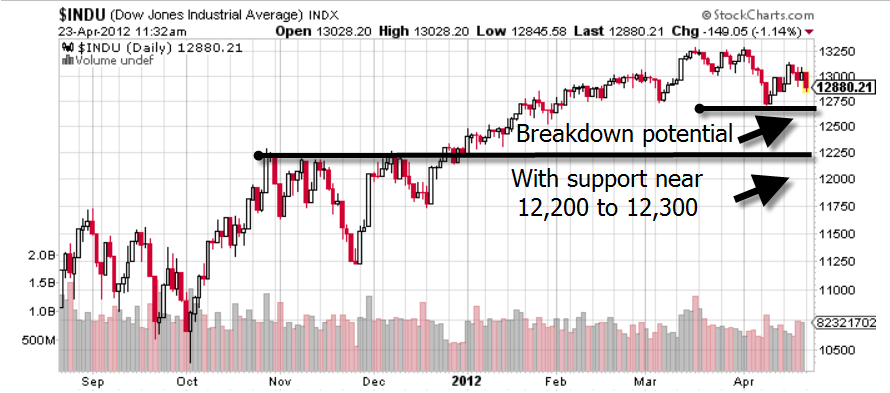
Source: Stockcharts.com
Arold, manager of the Technical Swing model, thinks the March and April highs put a topping pattern in for the Dow Industrials. He does not see a massive selloff coming, but says there is potential for significant downside – possibly near the 12,200 to 12,300 – if the index slips past the April lows.
And Arold says declines could be exacerbated by slowing U.S. economic growth and continued problems in Europe.
I had a Q&A with Arold this week, focused on his strategy:
Q: So Mike, if you say that weakness is coming, are you shorting particular Dow stocks, or certain sectors?
Arold: I am not shorting individual Dow stocks. The problem is that correlations among individual stocks have been rising in recent weeks, which is another bearish sign. And it makes it more difficult to do anything with particular stocks. I am currently short small cap stocks, with the 3x Small Cap Bear (TZA). The reason is that small caps are a riskier asset class and should suffer the most from a risk-off scenario and the current “economy gets weaker” theme. There are a lot of interesting setups, so I might add another short, which could be the Financial Select Sector SPDR (XLF) or Industrial Select Sector SPDR (XLI).
Q: Are there technical patterns you are using to trigger your actions?
Arold: I am trying to trade the mean reverting moves of underperforming assets. I other words, I get short when an asset just exits a consolidation, or sideways movement, and close the position on a potential short-term selloff.
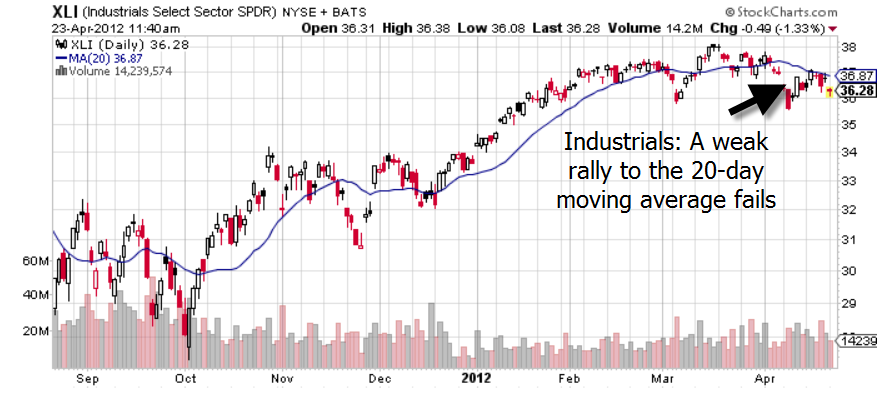
Source: Stockcharts.com
The XLI is a prime example of a mean reversion. What I have been watching is the weak rally to the declining 20-day moving average. It appears unlikely to rise above that line. Now in a longer timeframe, I see potential for a head-and-shoulders technical pattern that has been setting up the past three months. If I think that could happen, I want to go short before that pattern is completed – which is NOT what the textbooks recommend.
Q: Are there asset classes (particular cyclical groups, for example) where you think things could play out sooner vs. later?
Arold: Clearly small caps which have been underperforming the Dow in the last two months. However, due to rising correlations during consolidation periods, I expect all offense-oriented risk sectors to move more or less in lockstep. But a lot of people don’t like to short. If that’s the case, look to hide in defensive ETFs. Those include utilities (the XLU), health care (the XLV) and consumer staples (the XLP).
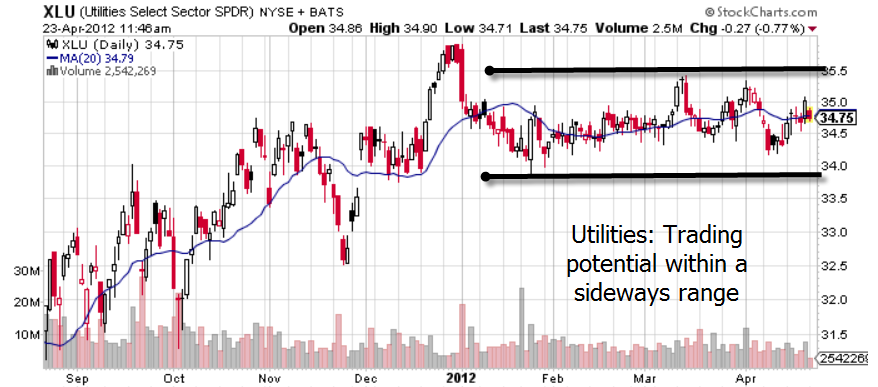
Source: Stockcharts.com
Q: What if you’re wrong? What kind of risk-reward ratios do you seek when you make a move in the portfolio, and how long will you typically hold it?
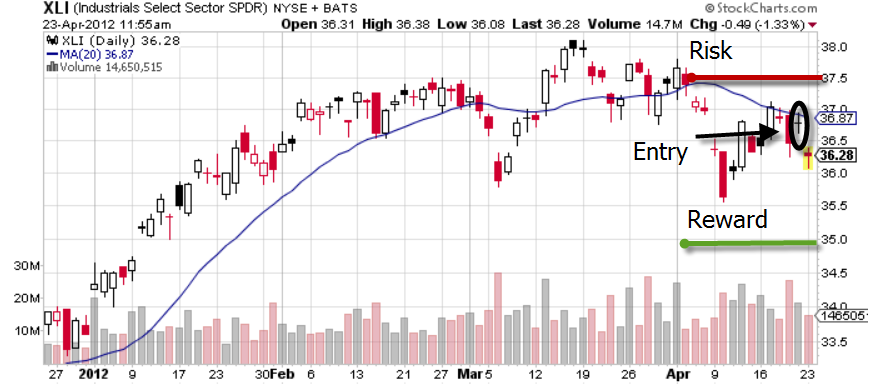
Source: Stockcharts.com
Arold: My stops are tight, which can mean to get into this trade a couple of times before it plays out. I’m seeking a minimum 1:2 risk reward ratio. And higher if I can get it.
Let’s take the industrials, the XLI as an example. If I were to short at around $36.70, I would close the trade at $37.50 with a loss and start to take gains when we print new lows around $35. In that case, the potential gain is $1.70, with a potential loss of $0.80, so better than a 1:2 ratio.
Q: Are there non-technical factors other than earnings that are weighing on your decision making?
Arold: I am a discretionary trader, so there are sometimes “soft factors”.
Currently, I do not like the reaction of the market on positive earnings news. Various market leading stocks did beat earnings but stocks sold off. Obviously, someone – it has to be the big money because of the high volume moves – is “selling the fact”. Earnings seasons was a catalyst for potentially higher prices, but this theme us probably off the table.
Overall though, I wouldn’t get too aggressive with shorting. This is still a long term bull market with a intermediate term correction shaping up. One important rule is to not trade against the major trend.



